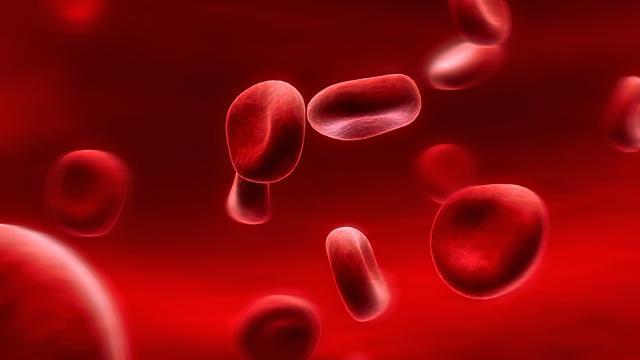Coagulation dysfunction is a component of liver disease and a key factor in most prognostic scores. Changes in the balance of hemostasis lead to bleeding, and bleeding problems have always been a major clinical problem. The causes of bleeding can be roughly divided into (1) portal hypertension, which has nothing to do with the hemostatic mechanism; (2) mucosal or puncture wound bleeding, often with premature dissolution of thrombus or high fibrinolysis, which is called accelerated intravascular coagulation and fibrinolysis in liver disease Melt (AICF). The mechanism of hyperfibrinolysis is not clear, but it involves changes in intravascular coagulation and fibrinolysis. Abnormal coagulation is seen in portal vein thrombosis (PVT) and mesenteric vein thrombosis, as well as deep vein thrombosis (DVT). These clinical conditions often require anticoagulation treatment or prevention. Microthrombosis in the liver caused by hypercoagulability often causes liver atrophy.

Some key changes in the hemostasis pathway have been elucidated, some tend to bleed and others tend to clot (Figure 1). In stable liver cirrhosis, the system will be rebalanced due to dysregulated factors, but this balance is unstable and will be significantly affected by other factors, such as blood volume status, systemic infection, and kidney function. Thrombocytopenia may be the most common pathological change due to hypersplenism and decreased thrombopoietin (TPO). Platelet dysfunction has also been described, but these anticoagulant changes were significantly offset by an increase in endothelial-derived von Willebrand factor (vWF). Similarly, a decrease in liver-derived procoagulant factors, such as factors V, VII, and X, leads to prolonged prothrombin time, but this is significantly offset by a decrease in liver-derived anticoagulant factors (especially protein C). In addition, elevated endothelial-derived factor VIII and low protein C lead to a relatively hypercoagulable state. These changes, coupled with relative venous stasis and endothelial damage (Virchow's triad), led to the synergistic progression of PVT and occasional DVT in patients with liver cirrhosis. In short, the hemostatic pathways of liver cirrhosis are often rebalanced in an unstable manner, and the progression of the disease can be tilted in any direction.
Reference:O'Leary JG, Greenberg CS, Patton HM, Caldwell SH.AGA Clinical Practice Update: Coagulation inCirrhosis.Gastroenterology.2019,157(1):34-43.e1.doi:10.1053/j.gastro.2019.03.070.


 Business card
Business card Chinese WeChat
Chinese WeChat English WeChat
English WeChat